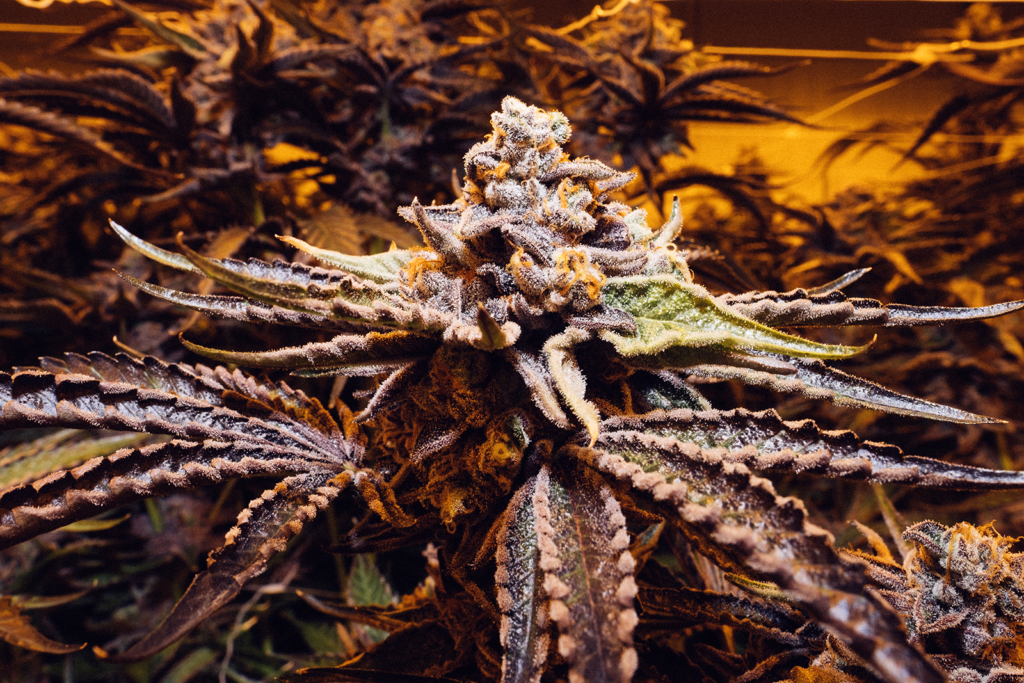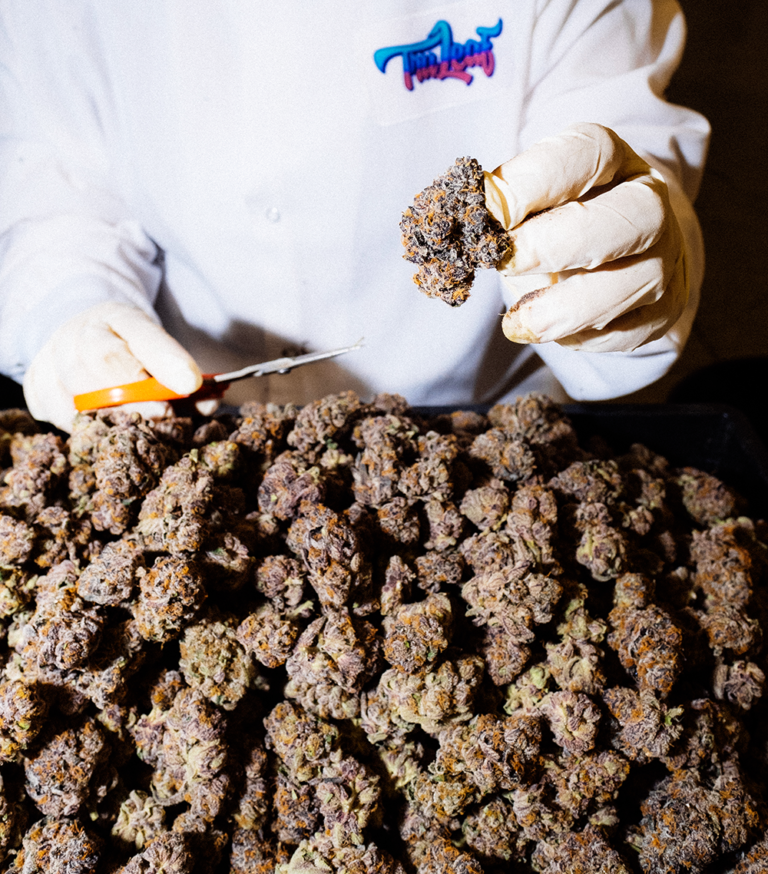
Ever wonder why you like certain flavors of cannabis? It could be your body responding to different compounds in the plant including how you respond to effects that you like or need. The flavors or specific chemical profiles of cannabis strains can influence the overall experience and effects due to the presence of various cannabinoids, terpenes, and flavonoids.
Here’s how these components influence the effects of cannabis, and how they work together in our bodies that is specific to each person. We will also introduce you to our most flavorful innovation yet – The Nucleus Project!
Terpenes are aromatic compounds found in many plants, including cannabis. They contribute to the flavor and scent profile of each cannabis strain. More importantly, terpenes can interact with cannabinoids like THC (tetrahydrocannabinol) and CBD (cannabidiol), potentially modifying their effects. For example:

Did you know our Friendly Brand products are made with cannabis strains from local cultivators that are carefully selected for their unique terpene profiles?
Cannabinoids are a group of chemical compounds that are primarily found in the cannabis plant. They interact with the endocannabinoid system (ECS) in our bodies to trigger specific effects (keep reading to learn about the ECS).
The most well-known and studied cannabinoids produced by the cannabis plant include:
THC (Delta-9-Tetrahydrocannabinol): THC is the primary psychoactive compound in cannabis. It binds to cannabinoid receptors (CB1 and CB2), primarily CB1 in the brain, producing the characteristic “high” or euphoric effect associated with cannabis use.
CBD (Cannabidiol): CBD is another major cannabinoid found in cannabis. Unlike THC, CBD is not psychoactive and does not produce a high. It interacts with various receptors and neurotransmitter systems, contributing to its potential therapeutic effects.
CBG (Cannabigerol), CBC (Cannabichromene), CBN (Cannabinol), THCV (Tetrahydrocannabivarin), etc.: These are other lesser-known cannabinoids found in cannabis, each with potential therapeutic properties and interactions with the ECS.
The ratio and concentration of cannabinoids (like THC and CBD) in a cannabis strain also influence its effects. For instance:
Endocannabinoids
These cannabinoids are produced naturally within the body (endogenously). Anandamide (AEA) and 2-Arachidonoylglycerol (2-AG) are the most studied endocannabinoids. They act as signaling molecules within the ECS to regulate various body processes.
These are cannabinoids synthesized artificially in laboratories. They are often developed for research purposes or may be found in some pharmaceutical products.
While their specific effects are less well-researched compared to cannabinoids and terpenes, they are believed to have potential health benefits due to their antioxidant properties. Other flavoinoids found in foods have been found to have anti-inflammatory and antibacterial benefits.
The entourage effect is the synergistic interaction between cannabinoids, terpenes, and other compounds in cannabis. The combined effect of these components can result in a unique experience for each strain. For example:
CB1 Receptors: Predominantly found in the central nervous system (brain and spinal cord) but also in various peripheral tissues.
CB2 Receptors: Mainly found in the peripheral nervous system, especially in immune cells and other tissues like the spleen and gastrointestinal tract.

Functions and Roles of the Endocannabinoid System:
In summary, the flavors of cannabis strains are indicative of their chemical composition, which includes cannabinoids, terpenes, and flavonoids. Each component can influence the overall effects and experience when consumed, making the selection of strains based on flavor profiles a way to potentially tailor the cannabis experience to your desired outcomes such as relaxation, euphoria, or pain relief. Importantly, since our responses to cannabis vary depending on our body and experience with it, it’s always best to start with a low dose and go slow before consuming more.
